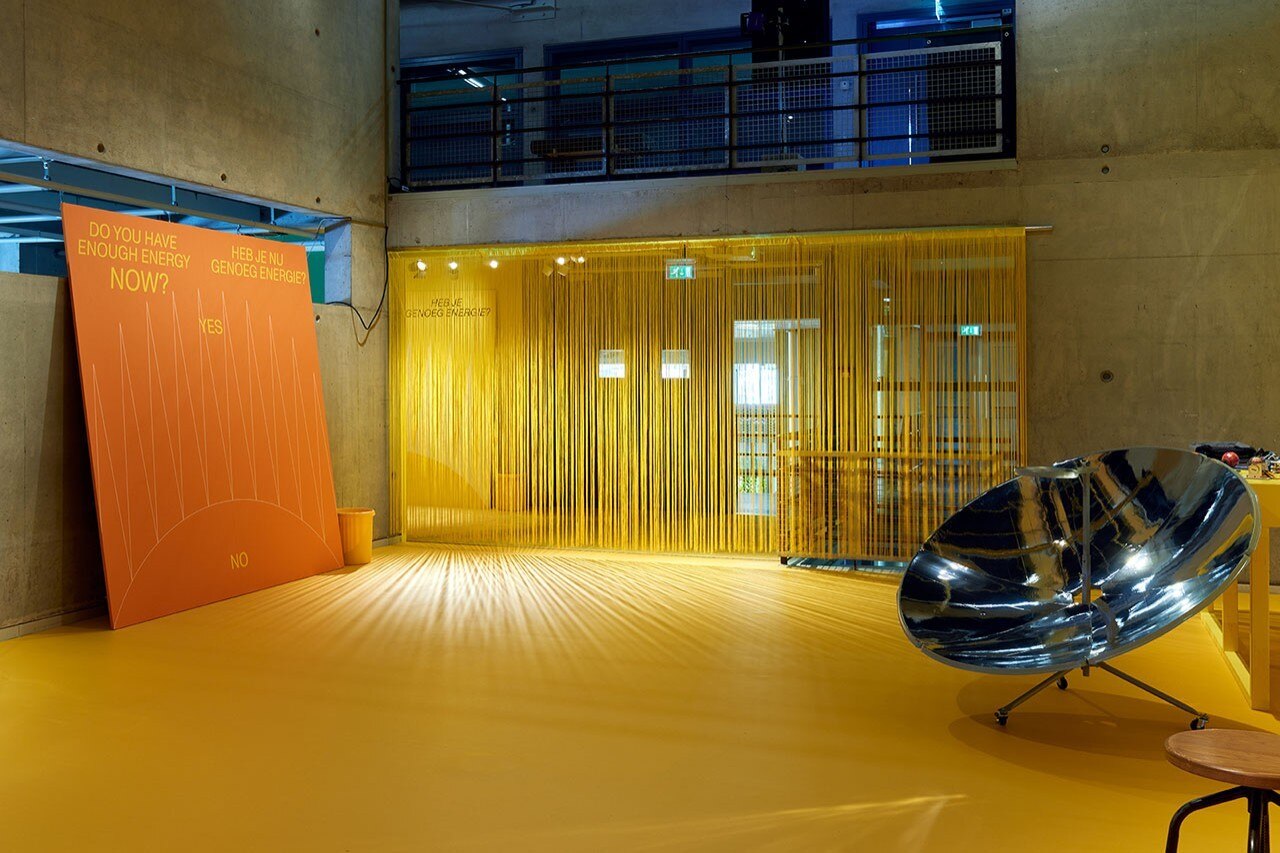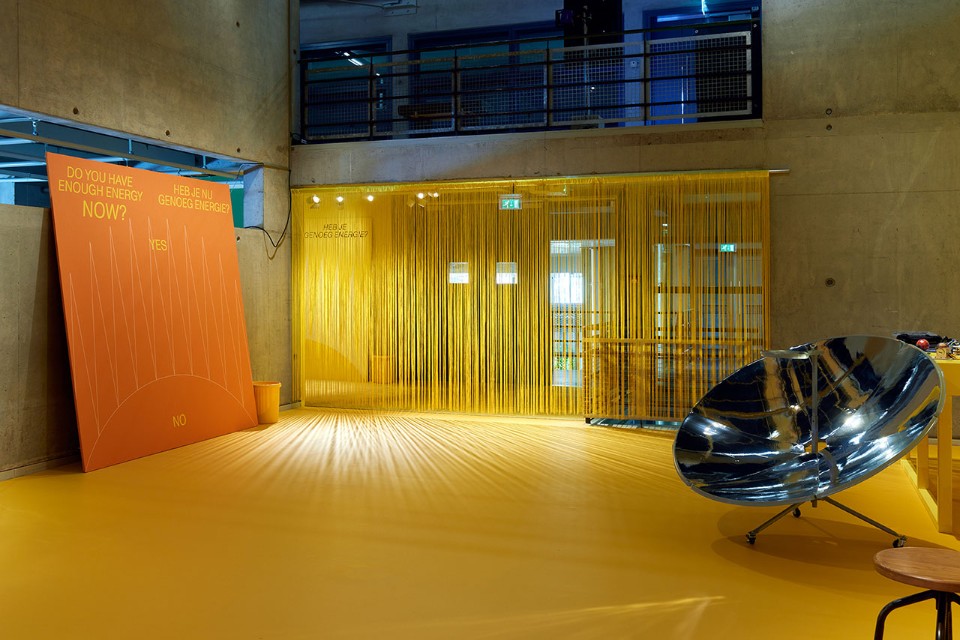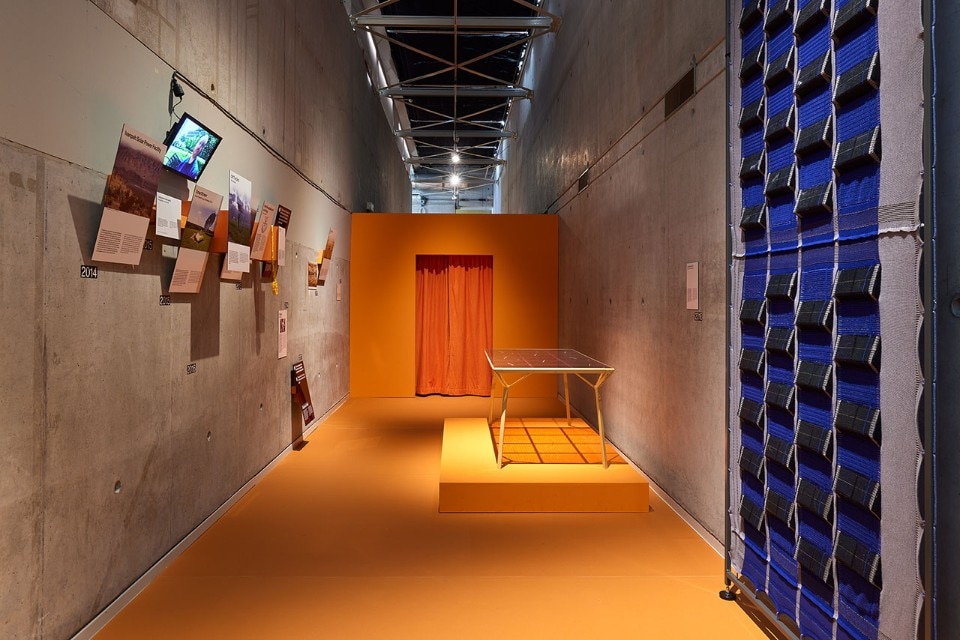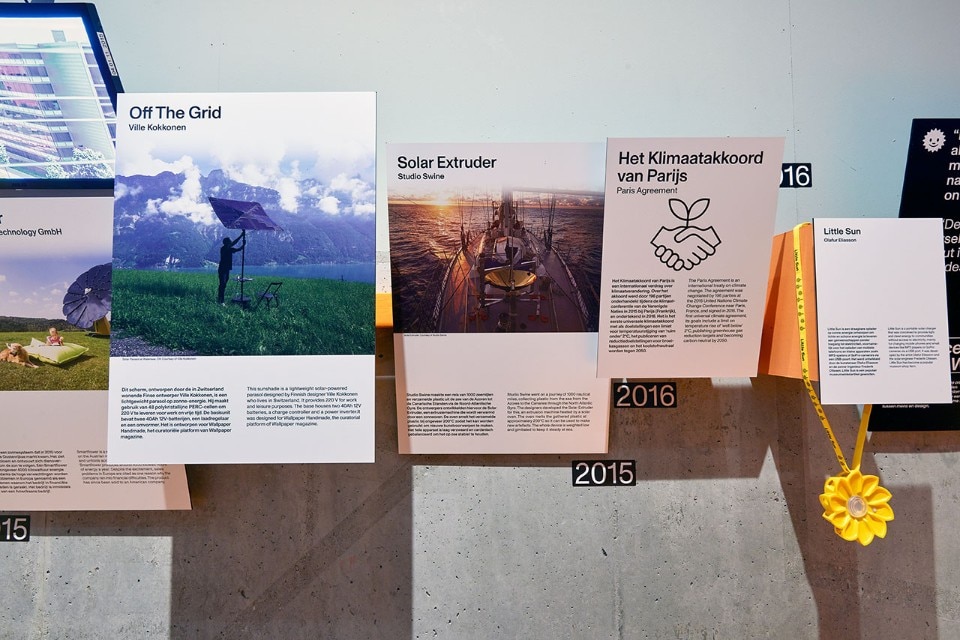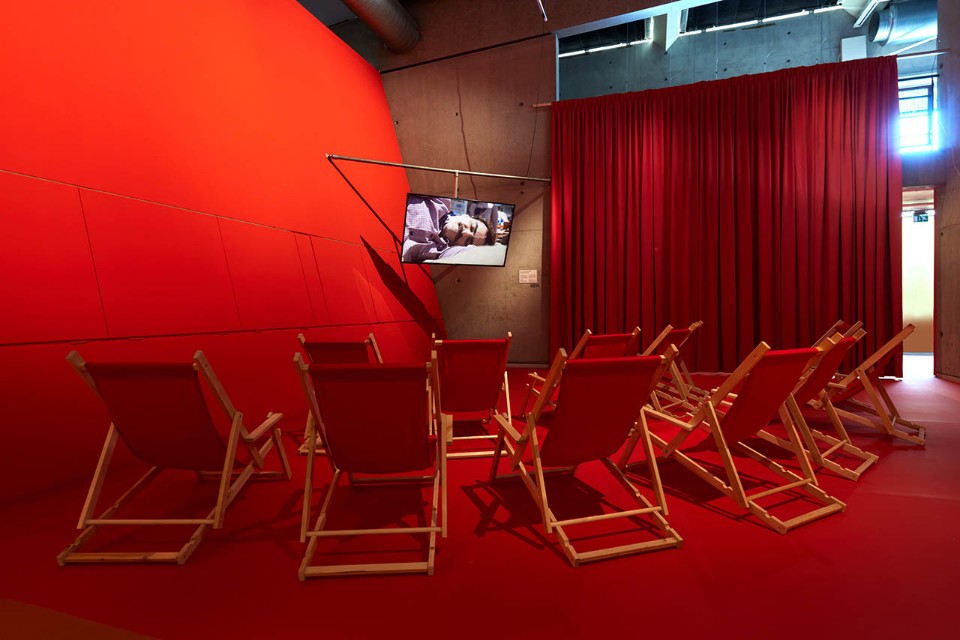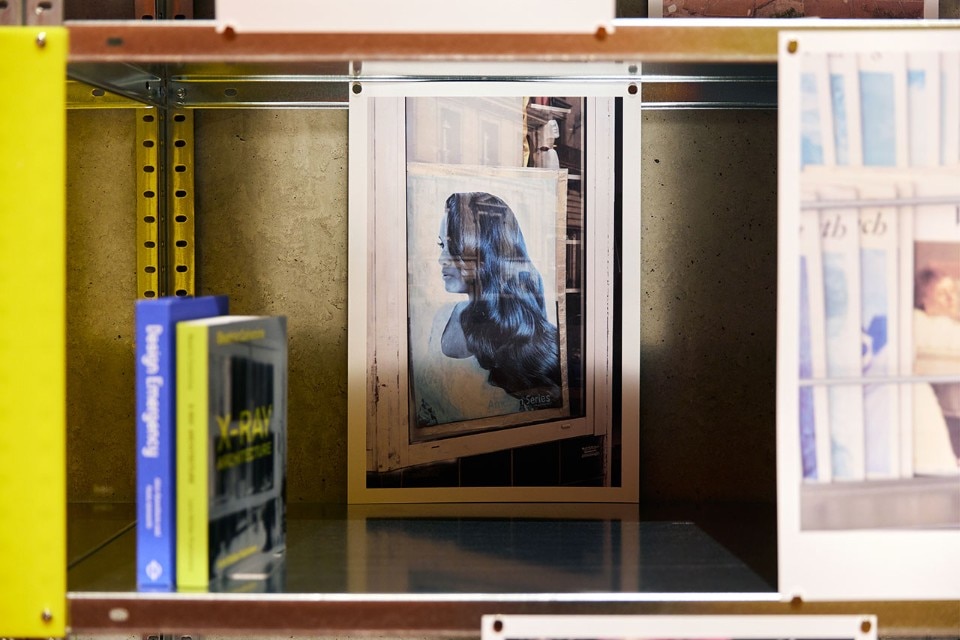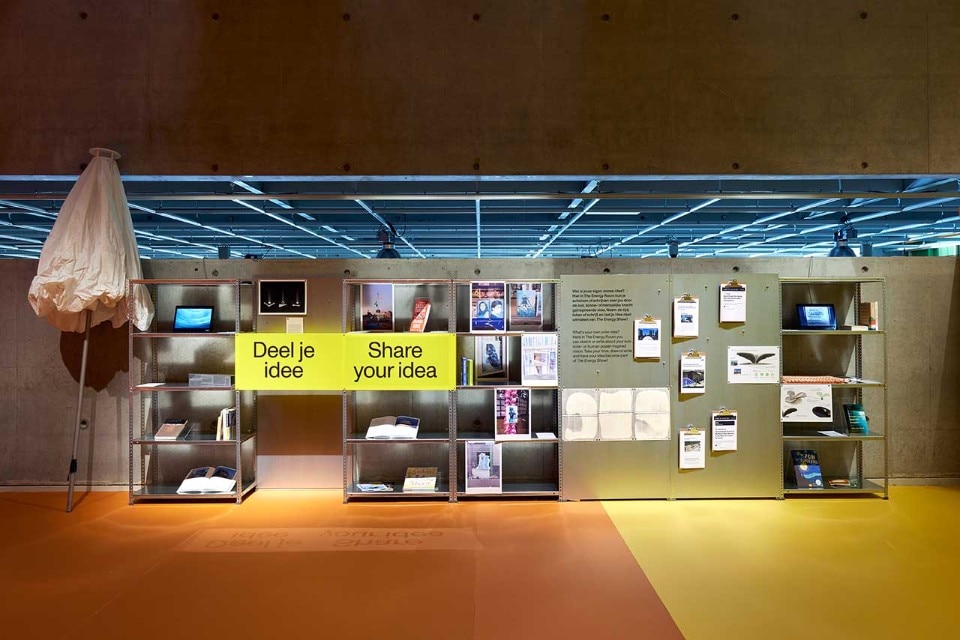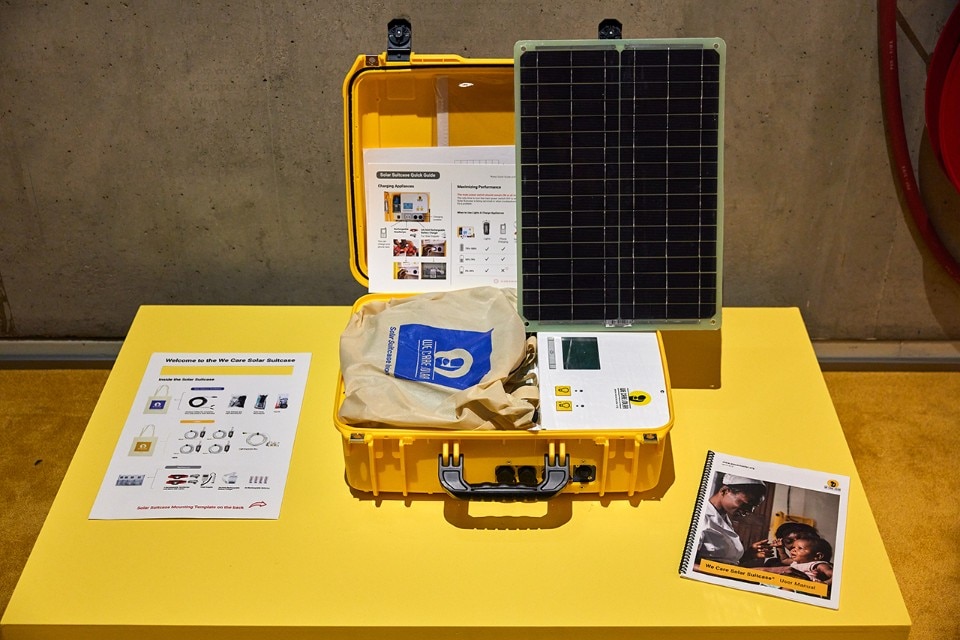As Europe is facing its worst energy crisis in fifty years, Rotterdam’s Het Nieuwe Instituut opens The Energy Show, the first exhibition focused on the use of solar technology in the world of design. The overlap between the two events is an unexpected coincidence, unpredictable in the eyes of the same curatorial team that has been patiently working on The Energy Show for nearly two years.
The stated goal: to bring the human scale back inside the solar narrative, promoting knowledge and active participation.
And still, a sense of inevitability, of synchronization with current events seems to cover both the gallery of projects that the exhibition displays and the call for general mobilization that it jointly promotes. In years marked by an increasing number of climatic, industrial, infrastructural vulnerabilities, The Energy Show is a joyful reference to the urgency and inevitability of a living, unmediated relationship between design culture and energy sustainability. As well as a reference to the need to broaden the dominant engineering technicality in the field of renewables to the contribution that aesthetics, urban planning and cultural studies can make to their dissemination.
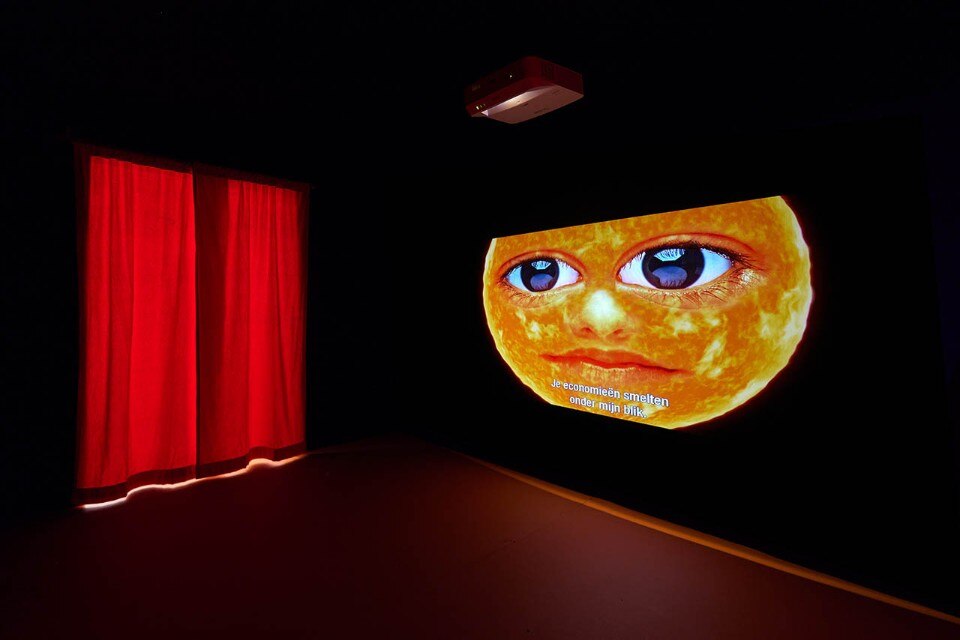
The exhibition – curated by Matylda Krzykowski – is conceived as a mapping of projects that have experimented with, incorporated, and renewed the use of solar technology on a large and especially small scale. Developed in chronological order, the roundup mentions the pioneers of solar technology and then focuses on recent and very recent projects, with some pop influences – the Nasa choir video, The Simpsons – and commissioned artworks.
Among the works on display we find great classics such as Dan Roosengaarde’s installations or Olafur Eliasson’s Little Sun portable lamp, as well as off-the-grid living solutions – the Smartflower sunflower solar panel. Moreover, we find solutions to incorporate solar technology into our homes with an extra touch of aesthetics – Studio Ossidiana’s Solar Curtains, Moreelse Solar Monuments, or even Kiki and Joost’s My Energy Skin panels – or to produce panels from non-fossil materials – as with the AuReus System panels, made from food waste.
Many projects target communities in developing countries, from Solar Sister, the program that trains female entrepreneurs in clean energies in sub-Saharan Africa, to Solar-Powered Donkeys that power Turkish herders during transhumance.
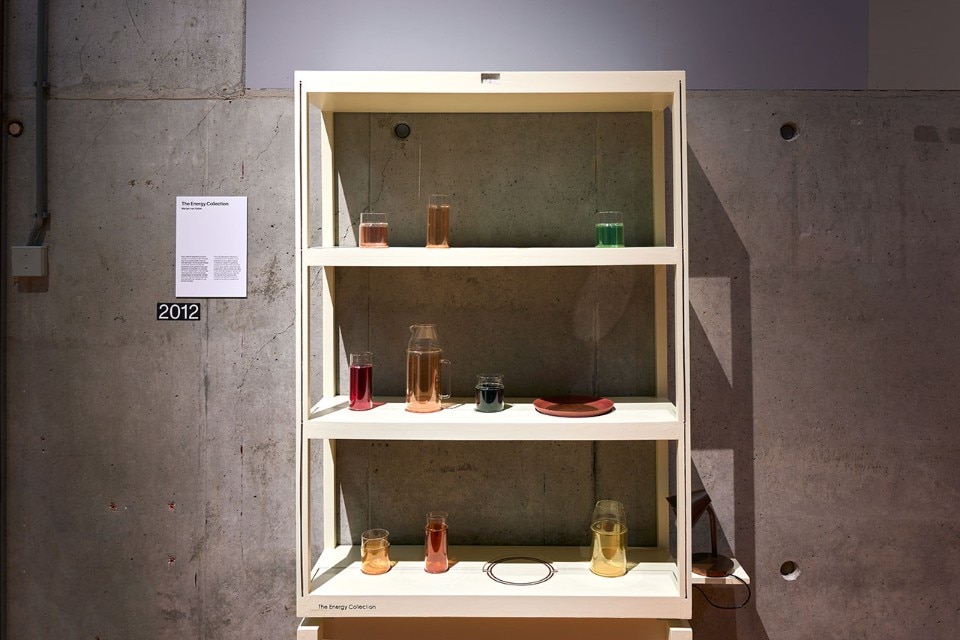
Finally, there are also projects designed by the two great pioneers of solar design – Dutch designers Marjan van Aubel and Pauline van Dongen – who have played a leading role not only in anticipating the interconnection between design and solar – van Aubel, author among others of the roof of the Dutch Pavilion at the Dubai Expo, has just published Solar Futures, How to Design a Post-fossil World with the Sun (Jap Sam Books) – but also in defining the exhibition and the entire institutional structure that goes with it.
The Energy Show, in fact, is just one part of the larger Solar Biennale program that the two designers have conceived and promoted. A true movement endowed with a manifesto, the Solar Biennale has provided itself with a rich schedule that from September until the end of Dutch Design Week promotes workshops for designers and meetings with citizens. The stated goal: to bring the human scale back inside the solar narrative, promoting knowledge and active participation.
The capacity of design can nonetheless make a crucial contribution that goes beyond mere aesthetic appanage.
The first officialization of the role of design in the solar field thus has the value of a major leap forward for design culture. Yet, we are not sure that the other favored interlocutor in the sustainable energy debate, the energy experts engaged in the field of renewables, will find here the answers to the questions that bedevil them. Design has not so far been able to point to solutions to increase the storage power of batteries, extend the lifetime or yield of photovoltaic panels, and certainly has not found the grail to enable that change of pace, the famous scale up, capable of making critical mass and generating the impact that even just the Paris Agreement, common sense alone is not enough, requires of us in a handful of years. The capacity of design, The Energy Show and the Solar Biennale seem to be telling us, can nonetheless make a crucial contribution that goes beyond mere aesthetic appanage, if only to exercise its art of bricolage, respond to specific contingencies through hacking, or look at community dynamics with its problem solver attitude, whether in the energy or social realm.
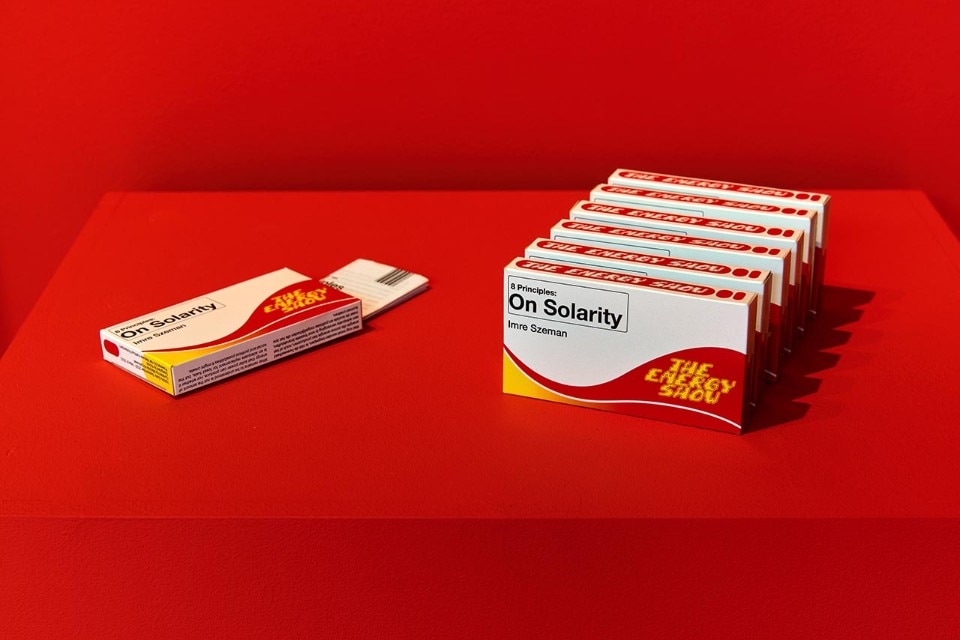
A platform to talk about design and energy was somewhere in the air, but The Energy Show and the Solar Biennale deserve credit for making it real, promoting networking between different skills and comparing different attitudes. With a long-term goal in mind: indeed, in the Solar Biennale’s plans there is a desire to create a traveling platform, having it re-emerged in two years’ time in another country and under another institutional framework. If the energy vibe does not die out – The Energy Show ironically stitches the red thread of energy to that of personal energy, a metaphor that both seduces and amuses – there is a bet that current events will push designers to get more and more deeply involved in solar. A field where their intervention could also focus on encouraging citizens’ mobilization, together with driving the energy transition toward a much needed human and socially based side.


